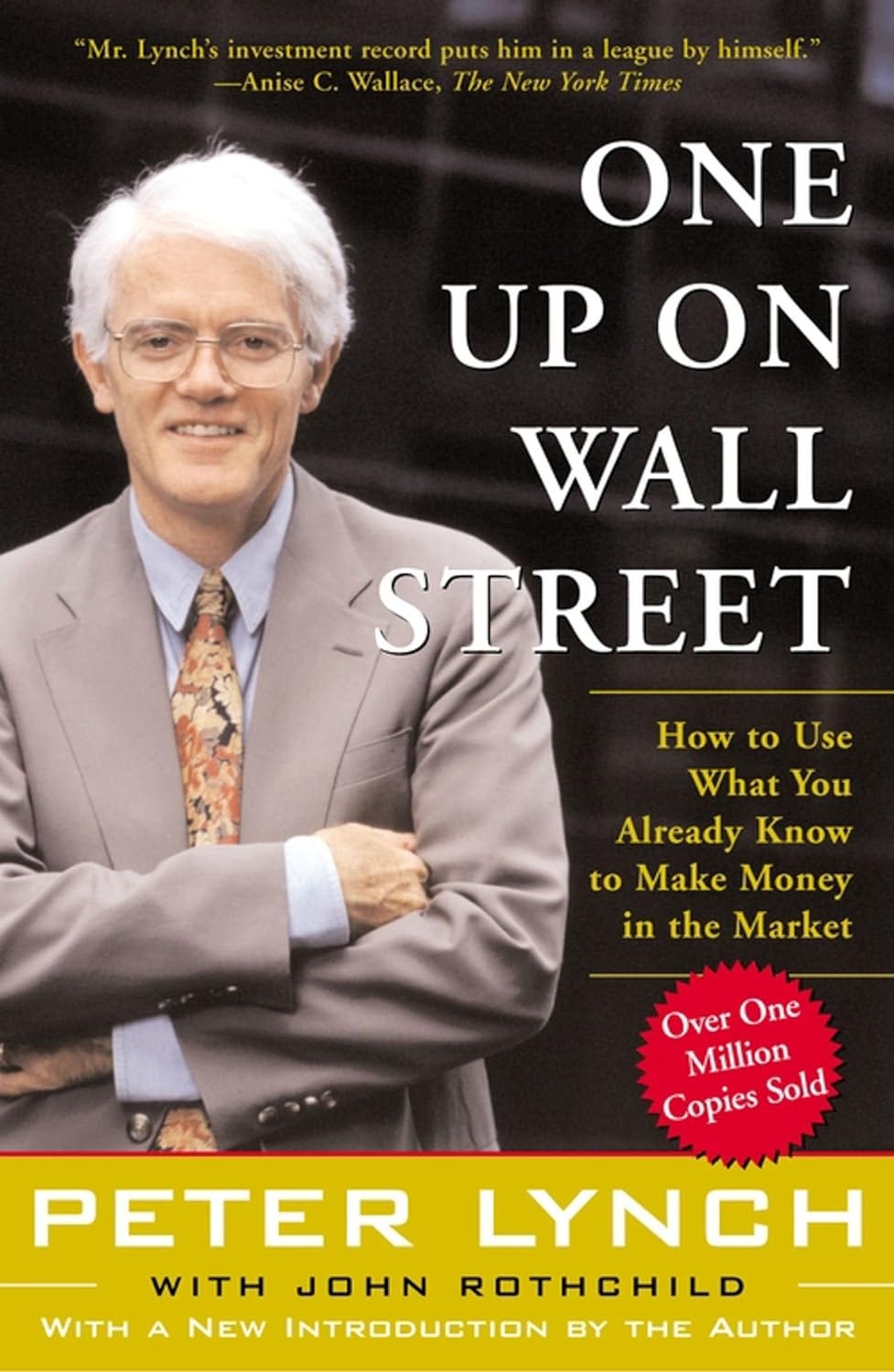
When famed mutual fund manager Peter Lynch published his book One Up On Wall Street back in 1989, I grabbed my copy as soon as I could.
It’s a great book, and I’ve re-read it countless times through the years.
Lynch shares some tremendous lessons – lessons I use to this day.
For instance, he’s a huge believer in so-called “story stocks.” And so are we here at Stock Picker’s Corner (SPC).
I’m a big believer in simplicity. In making things easier. And strong “stories” simplify things: They make it easier to understand to tell if a company’s riding a strong narrative and whether it’s underlying business will be a winner or loser.
Writing about Lynch in the AAII Journal, Maria Crawford Scott noted that: “The more familiar you are with a company, and the better you understand its business and competitive environment, the better your chances of finding a good ‘story’ that will actually come true.”
As Scott said, Lynch made that stock-picking process even easier: He identified six general “story” categories that most companies could fit into:
Stalwarts: Big firms – often with well-known brands – that could grow at 10% or slightly better a year. If you get ‘em cheap, you can hold them for a couple of years – before rotating into a better opportunity.
Cyclicals: Ventures like carmakers, steel firms and other manufacturers whose fortunes ebb and flow like (and with) the broader economy. Investing in cyclicals requires sound timing, since the shares can sell off – and sell off hard – when downturns threaten.
Asset Plays: Companies where “hidden value” exists. Unlocking that value demands timing and expertise.
Turnarounds: Firms whose shares have been hammered by bad news, bad management or underlying business changes (Lynch dubbed these “no growers”). Better times (and better results) often demand ruthless new game plans – including layoffs, breakups and management-team makeovers.
Slow Growers: Big, ponderous firms whose days of lickety-split growth are in the rearview mirror. A slow grower tries to offset the “mature” nature of its business by managing for cash flow and paying nice dividends. But the total return wasn’t enough to make them a Lynch favorite.
Fast Growers: Aggressive, innovative players growing profits at 25% (or more) a year ... for years and years in a row. These are “franchises” in the making — new brands and investments that stand as “ground floor wealth opportunities” for folks who spot them early. Lynch loved these stocks. And they accounted for a hefty slice of the biggest wins he posted.
In one of the first reports published on SPC, I told you folks about one company that caught my eye as a Lynchian-Fast-Grower-type stock: Wingstop Inc. WING 0.00%↑ .
As a guy who’s a Wealth Builder and not a Wealth Killer in both my own investments and in the opportunities that I focus on for my readers, there are certain types of businesses I tend to avoid.
Airlines are one. Restaurant chains are another. I just don’t like the business models.
But I still look. For opportunities. And, with Wingstop, when I looked “under the hood,” I saw something more than a Texas-based chicken-wing chain – I saw that Wingstop was a “tech company” in disguise.
Since that report, there have been a few updates (plus a new round of earnings) that I want to share.
The Digital Edge
Online shopping provides more than just a convenience factor; it nurtures repeat buying, since a company can create and easily track reward offers and send you coupons. And it can use your previous purchases to make suggestions and encourage new buying.
Wingstop understands this better than its rivals, which has given it that “digital edge.”
Visit Wingstop.com, and you’ll see this online ordering in action.
If you’ve ordered wings online, you’ve probably been constrained by pre-set quantities — ordering in sets of five, 10 or more.
But with Wingstop’s online setup, you aren’t restricted to those multiples of five ... you can select three wings, use your “lucky number” of seven, or pick, say, 23, to feed the folks at your “friendly” weekly poker game.
In the example below, you can see how you can order three wings with Maple Siracha sauce, six Spicy Korean and 11 Garlic Parmesan:
The ordering experience is beyond easy — and it doesn’t end there: Wingstop has something else up its sleeve for online orders — something it calls the “Wing Calculator.”
It seems gimmicky at first, but it’s pure genius in its simplicity.
If you’re not a big wing eater — but you’re hosting a party for the Super Bowl or Daytona 500 — just plug in how many guests you have and how hungry they are and it’ll give you tailored suggestions that you can turn into an actual order:
Wingstop has poured $50 million of its own cash since 2020 to develop its own proprietary technology platform – “MyWingstop” – that it rolled out in April.
Wingstop is also dabbling in another of the key storylines I’m following – artificial intelligence (AI). The company launched an AI-based voice ordering system in May 2023. The voice system is supposed to streamline orders and help with upsells.
And after the recent first-quarter earnings report, those tech investments are paying off.
Digital Sales = Big Digital Dollars
In the first-quarter earnings report, digital sales accounted for 68.3% of the company’s total sales, up from 67% of sales in the last quarter.
Domestic same store sales increased 21.6%, and net income increased a staggering 83.5% to $28.7 million.
It also opened 65 new stores.
That’s in stark contrast to the rest of the industry, where Red Lobster is bankrupt, Boston Market shuttered over 200 locations in a year and Denny’s, TGI Fridays and Applebee’s all plan to close locations this year.
With 2,279 locations, the company plans (no set date) to increase its store count by 207% to 7,000.
Since first sharing this growth story on February 26, shares have climbed 17%.
While the short-term confirmation is nice to see, this is a company for Wealth Builders to consider for the long haul (10 years or more) – accumulate your way into the stock and buy on pullbacks.
It fits the “Peter Lynch Growth Equation” to a tee: More locations + more customers = more revenue.
That makes it a company I’ll keep tracking for Wealth Builders.









